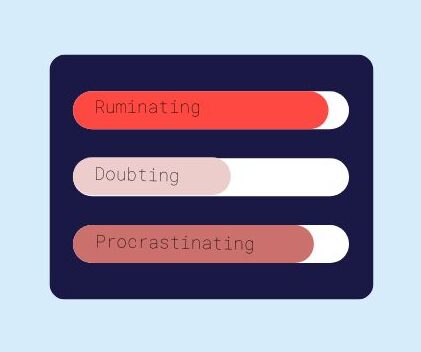Parents, are there behaviors in which you and your child or teenager engages in that repeatedly lead to conflict? Have you tried to manage these behaviors through punishment, only to find that they continue to occur time and again? If you answered “yes” to the above questions, a behavioral plan may be a helpful tool. Behavioral plans provide rewards for positive behaviors when they occur and consequences when they do not take place.
Please note that if you and your child or teenager have a high-conflict relationship at present, you may want to discuss and develop your behavioral plan with the support of your therapist.

The steps to implementing a behavioral plan are simple. However, the most important and challenging piece is consistent follow through. Once you have defined the terms of the behavioral plan, it is essential that you review with your child or teen, their progress on a daily basis, especially at the beginning of implementing it.
Step 1: Concretely define, with your child or teen, the behaviors you would like to see increase. For example, “John will follow directions from his parents” would be too vague, as it cannot be measured and leaves room for interpretation, debate, and potential conflict. A better definition would be “John will follow directions from his parents the first time they are given, and within 2 minutes.” This is a behavior that can be measured with relative objectivity (think, timer!)
Once you have defined 1-4 behaviors (we want to make this manageable for parents, children, and teenagers, alike), you are ready to move on to the next step, determining rewards and consequences.
Step 2: Have a conversation with your child or teenager about what incentives would be motivating for them. Maybe they want to work for a special Lego set, a dinner at their favorite restaurant, or time with their friends. Find what is authentically rewarding to them. Next, determine what consequences would be for them. What are the things that they really dislike? Scrubbing the bathtub? Spending a weekend without their friends?
Step 3: Once you have defined the behaviors to increase, rewards, and consequences, now is the time to ascribe value to each behavior. For example, you may decide that “John will follow directions from his parents the first time they are given, and within 2 minutes” is worth 1 point. In order to earn his first reward of dinner at his favorite restaurant, he will need to earn 10 points. However, if he does not follow directions from his parents the first time they are given, and within 2 minutes on two occasions (equal to 2 points), he will have to scrub the bathtub.
Step 4: Now is the hard work! Make sure to track your child or teenager’s progress and points on a daily or nightly basis. This consistency is key to the behavioral plan’s effectiveness.
Finally, if there are behaviors that you have identified as wanting to change as a parent, this behavioral plan template (below) can also be used to monitor your own behavior!
Specific Behavior of Points
(Behaviors need to be described in specific terms).
| Target behavior | Points |
| 1. | |
| 2. | |
| 3. | |
| 4. | |
| 5. |
| Rewards Menu | Points | Consequences Menu | Points |
| 1. | |||
| 2. | |||
| 3. | |||
| 4. | |||
| 5. |
Weekly Behavior Chart
| Points Earned | |||||||
| Behaviors (points) | Mon | Tues | Wed | Thurs. | Fri | Sat | Sun |
| 1. | |||||||
| 2. | |||||||
| 3. | |||||||
| 4. | |||||||
| 5. | |||||||
| 6. | |||||||
| 7. | |||||||
| Daily Totals | |||||||
| Reward Received (indicate menu #) | |||||||
| Consequence Received (indicate menu #) | |||||||







